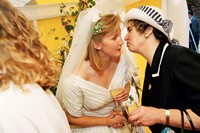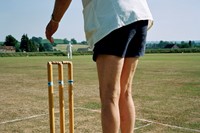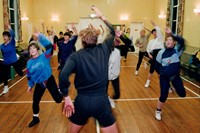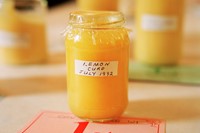The British photographer’s latest photo book, A Year in the life of Chew Stoke Village, documents the small Somerset village and its quirky, evolving community in 1992
“We were there on the 1st of January and we were still there, dancing away at midnight on 31st December,” says Martin Parr, recalling the year he spent documenting Chew Stoke village in 1992. Initially published as a mammoth, 16-page spread in The Telegraph Magazine in 1993, today Parr’s photographs – as well as text from the original article, penned by the journalist Robert Chesshyre – are the subject of a new monograph from RRB Photobooks, A Year in the life of Chew Stoke Village.
Speaking to AnOther from his foundation in Bristol, on a break from preparing several exhibitions taking place during Paris Photo next month – a Magnum show, Déjà View, has just opened, while Parr’s pictures of Ireland will go on display at the Centre Culturel Irlandais; elsewhere Reconciliation puts his work in conversation with Henri Cartier-Bresson’s – Parr has mostly fond memories of his time in the Somerset village. “We just did an event in the village hall, showing people the pictures from the book with a barrage of comments and explanations, ‘Oh, he’s dead now, she’s moved away, oh that’s me’. Afterwards we went to the pub and had a terrific curry.”
As one of the UK’s most prolific photographers, Parr has spent the last 50 years documenting British life at home and abroad, most famously with The Last Resort (1983–1985). The series, which depicts people holidaying in New Brighton, was championed by some and criticised by others, called out for its perceived social commentary of working-class leisure time. In Chew Stoke in post-Thatcher Tory Britain, Parr’s subjects are a mix of working class and middle class (though notably racially monolithic), and are approached with a similar sensibility, as Parr employs the same bright tones and distinctive compositions. In Chesshyre, with whom he had previously collaborated on The Cost of Living in 1989, he found a natural teammate. “We take the same opinion of these things, so it was a pleasure to have him.”
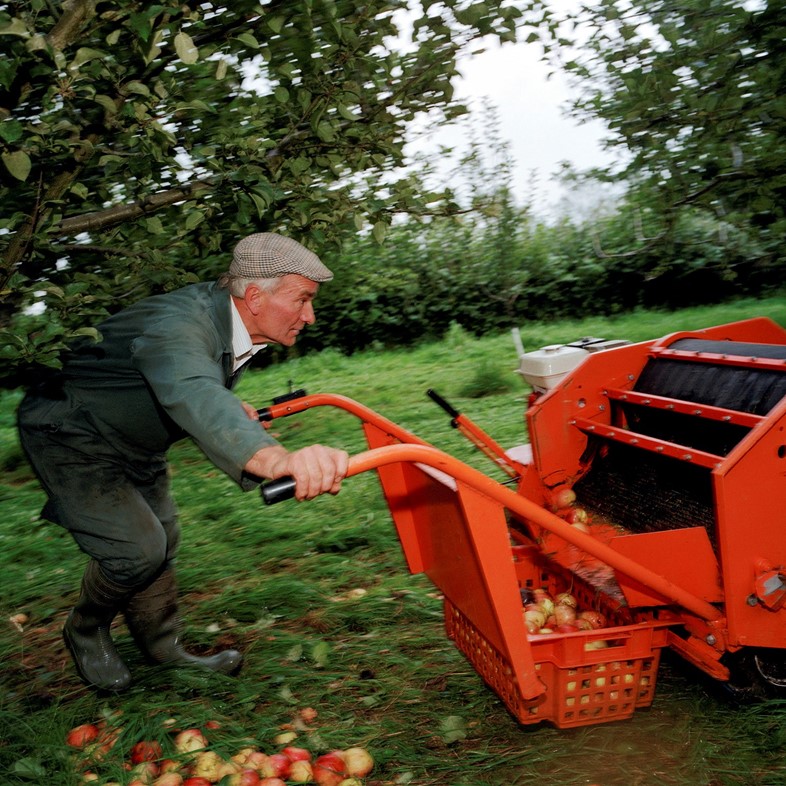
Inspired by John Hinde’s 1947 book Exmoor Village, Parr first pitched the idea of examining a modern village in a similar fashion. “We went back to that original village, but it turned out to be National Trust, so it hadn’t changed at all,” he notes. “We dismissed that and went all around Bristol, looking at the different villages. Chew Stoke had a shop, two pubs, a post office and a primary school – all the things that are absolutely essential for a village, and so we decided on that one.” In Parr’s photographs, some of them published for the first time in the new book, all these typical fixtures are explored, with the addition of community events like The Annual Review, and the women’s rugby team, the Valley Cats. “We got to know people, going to all the events,” explains Parr. “We also had the opportunity to go into people's houses to photograph, just generally building up a documentation of the village. It sounds a bit pedestrian perhaps, but looking back it’s pretty interesting – I’m glad the book came out 30 years later.”
“Initially there was some weariness,” he continues, alluding to the locals, already split between those who grew up in the village and those who’d recently moved in. “It took time to overcome that natural barrier, but we took prints back to people and that helped break the ice. After nine or ten months we could almost go anywhere and people would know who we were.” Making multiple visits over the 12 months, the photographer captured a christening, a wedding and a funeral – “the full cycle of life” – as well as the changing dynamics of the area. “One of the big issues then, as indeed now, is that people born in the village can’t actually afford a house [in the village]. It's a bit like the Cornish problem, which we're very aware of, with people being forced out.”
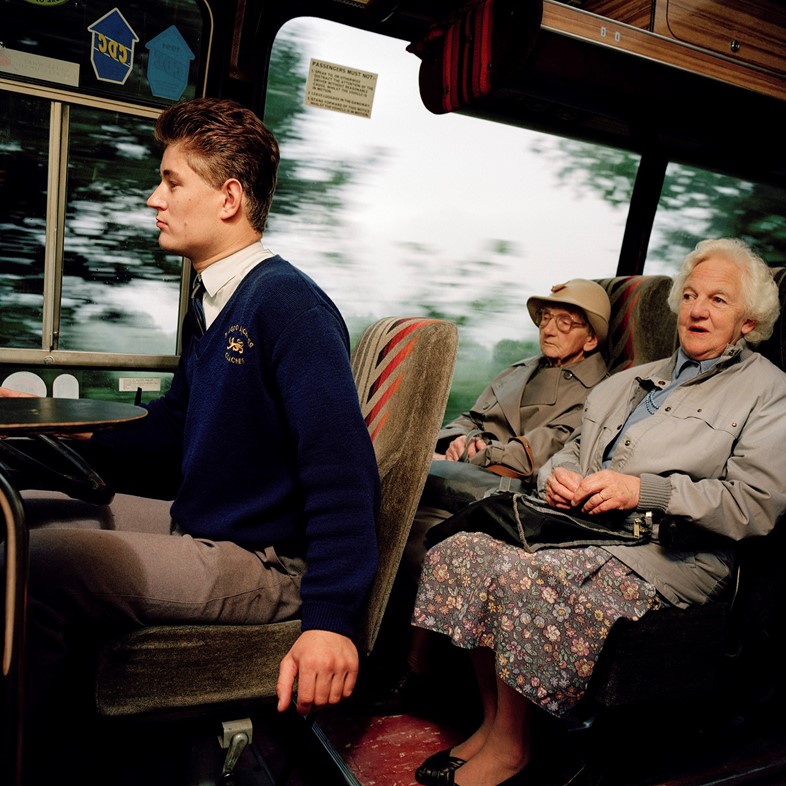
Returning with the new book, Parr observed the closure of one of the two pubs, echoing the wider culture of a loss of social hubs across the country. “I think the lease ran out, and the landlord, John Wilcox, died. Apparently someone’s living in the building, but you can see it’s declining and falling apart. It’s a great shame, the times in the Yew Tree were terrific,” he says. “There is still a pub, the Stoke Inn. It used to be quite quiet, now it’s absolutely rammed. It’s great that there is still a place where people of all ages can go and get fed, have a drink and a good time.”
A Year in the life of Chew Stoke Village by Martin Parr is out now.

